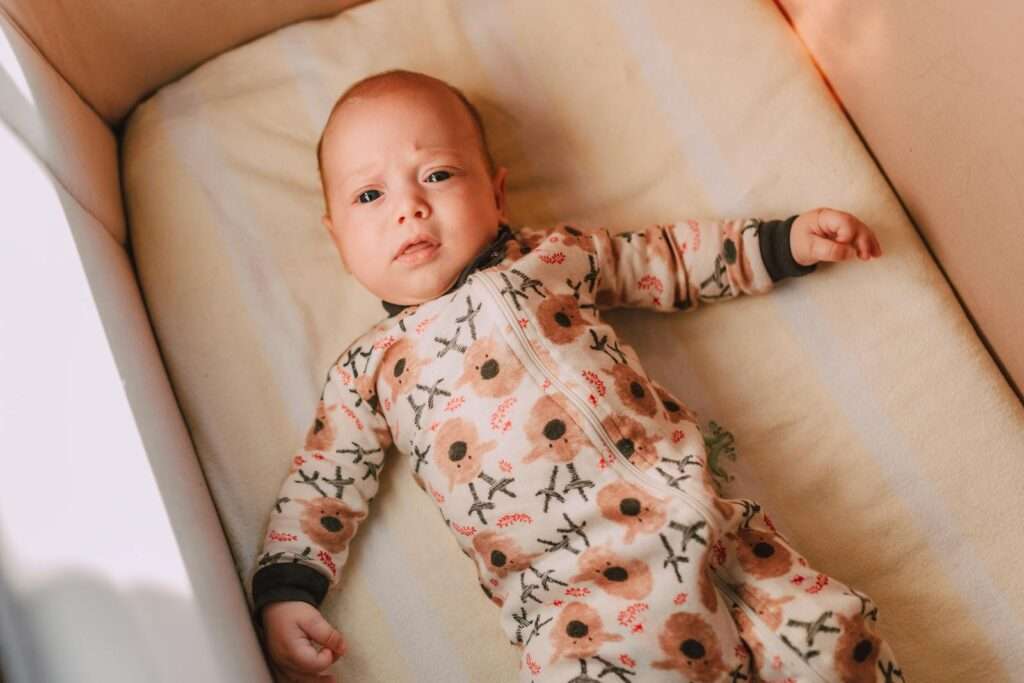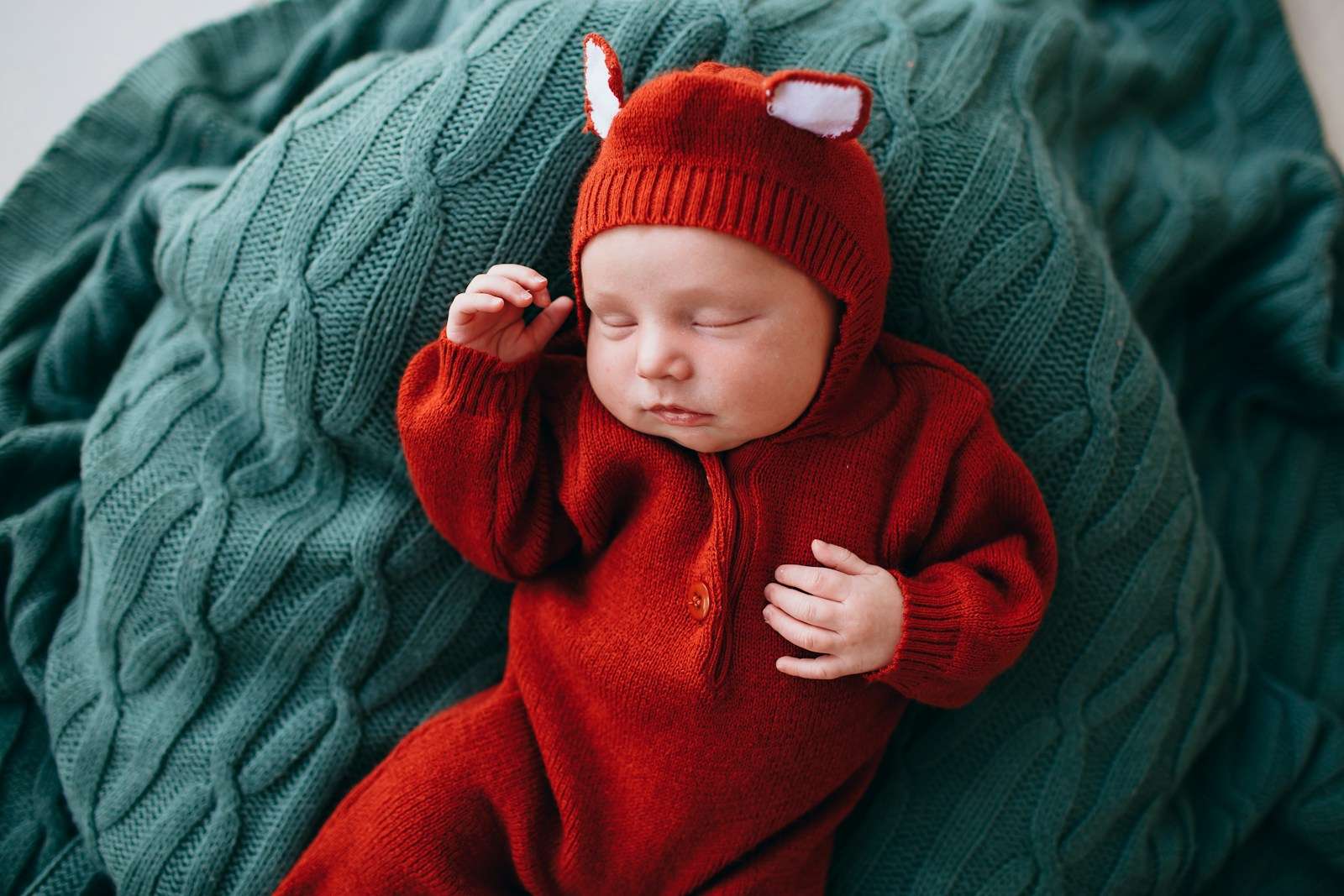My spouse and I, being parents, fully appreciate how crucial secure and cozy sleep is for our children. We have invested considerable time in making certain our kids have access to the highest quality sleepwear. When we are out shopping for kids sleepwear, we are not merely drawn to appealing designs; we are driven by the need to ensure restful and secure nights. After many years spent investigating and experimenting with various types of children’s pajamas, I want to share what we have learned about selecting the safest and finest kids sleepwear.
Here is a concerning statistic: sleepwear that does not fit properly contributes to a large number of residential fires. This alarming figure emphasizes the importance of selecting the correct pajamas.
The selection of appropriate kids sleepwear goes beyond mere aesthetics; it concerns your children’s safety, comfort and, ultimately, their sleep quality. Here is the reason it is so important:
- Safety First: Loose pajamas represent a fire risk. The Consumer Product Safety Commission (CPSC) advocates for close fitting sleepwear to lower the risk of fire. We meticulously evaluate the fit and fabric of all pajamas to safeguard our children.
- Comfort is Key: Comfortable sleepwear encourages relaxation, assisting children in falling asleep more readily. Pajamas that are scratchy or do not fit properly can lead to discomfort and interrupted sleep. We have found that soft, breathable fabrics substantially improve the sleep of our kids.
- Regulating Body Temperature: Appropriate sleepwear aids in maintaining a consistent body temperature during the night. Breathable fabrics like cotton help prevent overheating. We favor lightweight alternatives during warmer months and comfortable fleece during colder months.
- Preventing Skin Irritation: Specific fabrics may trigger itching or allergic reactions, particularly in children who have sensitive skin. Natural, hypoallergenic fabrics offer a solution. We became aware of this firsthand when one of our children had a reaction to a synthetic fabric.
Choosing the Right Fabric for Children’s Pajamas
The fabric utilized in children’s pajamas significantly influences safety and comfort. Let us examine some well liked selections:
- Cotton: Cotton stands as a time tested option for kids sleepwear, because it is breathable, soft and reasonably priced. It is gentle on skin and allows for airflow, which prevents overheating. Although not inherently flame resistant, cotton sleepwear should fit snugly or be treated using flame retardant chemicals to satisfy safety requirements. We select organically grown cotton to decrease our children’s exposure to potentially dangerous chemicals.
- Polyester: Polyester proves durable, resists wrinkles and costs less than cotton. It often appears in fleece pajamas, which provide warmth during winter. It is not as breathable as cotton and might lead to overheating. We save polyester fleece for extremely cold weather.
- Fleece: Fleece, a synthetic fabric recognized for its warmth and softness, is routinely utilized in winter pajamas and blankets. Because it is flammable, fleece undergoes chemical treatments designed to stop the spread of flames and to guarantee safety. We consistently confirm the safety certifications of any fleece pajamas that we purchase.
- Bamboo: Bamboo fabric, increasingly well liked for kids sleepwear, feels soft, breathes well and is environmentally conscious. Its hypoallergenic qualities and moisture wicking capabilities render it ideal for children who have sensitive skin or eczema. Bamboo also regenerates at a fast rate. We have observed the difference in softness and comfort when our children wear bamboo pajamas.
- Wool: Wool, a natural material appreciated for its warmth and moisture wicking attributes, keeps children comfortable when temperatures drop. Given its possibility of itchiness, one should select merino wool, which serves as a softer and less irritating substitute. I have layered merino wool underneath pajamas on ski trips for supplemental warmth.
Understanding Kids Pajamas Safety Regulations
Understanding the regulations surrounding safe kids pajamas may seem overwhelming, though familiarity with the CPSC’s safety standards is essential. The following is what you need to understand:
- Tight Fitting Sleepwear: The CPSC advocates for tight fitting sleepwear for children because it is less likely to catch fire. These pajamas fit close to the body, limiting the oxygen available to fuel a fire. We ensure we purchase the correct size to provide a close yet comfortable fit.
- Flame Resistant Treatment: Sleepwear that does not fit tightly must be made from flame resistant fabrics or be treated using flame retardant chemicals. Some parents worry regarding the potential health consequences of these chemicals and seek alternatives. If you share these concerns, choose tight fitting sleepwear created from natural materials like cotton or bamboo.
- The Snug Fit Rule: The primary rule states that children’s sleepwear must either fit snugly or be flame resistant. This lowers the possibility of loose clothing catching fire. We check labels to be certain the pajamas satisfy at least one of these criteria.
Popular Styles of Kids Sleepwear

The kids sleepwear market provides a variety of styles, each possessing its own benefits and drawbacks. Listed below are some well liked options:
- Two Piece Pajama Sets: These sets, comprised of a long sleeved top and pants, are appropriate for year round wear. Select sets fashioned from soft, breathable fabrics that provide a snug fit. I consider these sets versatile for mixing and matching and providing coverage in cooler weather.
- Footed Pajamas: Footed pajamas cover the entire body, including the feet, delivering additional warmth. They make a well liked choice for babies and toddlers. Confirm that they have non slip soles to prevent falls. I depended on footed pajamas when my children were infants, specifically throughout the winter months.
- Gowns: Sleep gowns are comfortable and convenient for babies, which makes diaper changes simpler. Seek gowns crafted from soft, breathable fabrics that feature elastic or snap closures at the bottom. I appreciated the ease of changing diapers at night utilizing gowns.
- One Piece Pajamas (Rompers/Jumpsuits): One piece pajamas are suitable for older babies and toddlers who prove more active, and they provide full body coverage while permitting them to move freely. Select options that feature snaps or zippers to simplify diaper changes. As my children became more active, I transitioned from gowns to one piece pajamas.
- Short Sets: Short sleeved pajama tops combined with shorts prove ideal for warm weather, and they keep kids cool and comfortable. I consistently maintain several short sets prepared for summer.
Ensuring the Right Fit for Safe and Comfortable Sleep
Acquiring the correct fit is essential for both safety and comfort. Kids sleepwear that proves too large can present a fire hazard, whereas sleepwear that feels too small may feel uncomfortable and may restrict movement. The following are some recommendations to guarantee a suitable fit:
- Consult Size Charts: Always consult the manufacturer’s size chart prior to buying children’s pajamas, because sizes differ across brands. I have learned to measure my children and to compare their measurements against size charts to prevent errors.
- Consider Growth Spurts: While the temptation exists to purchase sleepwear that is too large to accommodate growth spurts, it is preferable to purchase the correct size now and to replace items as needed. I purchase sleepwear in their current size, understanding that I will need to replace it as they grow.
- Check for Elasticity: Seek sleepwear that features elastic waistbands and cuffs that deliver a snug, but not excessively tight, fit. I evaluate the elasticity to ensure it does not feel excessively restrictive.
- Avoid Drawstrings: Drawstrings may represent a safety hazard, particularly for young children. Refrain from purchasing sleepwear with drawstrings around the neck or waist. I remove any drawstrings from sleepwear prior to my children wearing it.
Caring for Your Kids Sleepwear
Appropriate care will lengthen the life, safety and comfort of your kids sleepwear. These guidelines will show you how to wash and maintain children’s pajamas:
- Read the Care Label: Always adhere to the instructions provided on the care label. Doing so will prevent damage to the fabric or increased flammability. I consistently read the label before washing new sleepwear.
- Wash Before First Use: Washing new sleepwear before wearing it removes any chemicals or dyes that could potentially irritate a child’s skin. I consistently wash all new clothes prior to my children wearing them.
- Use a Gentle Detergent: Harsh detergents can inflict damage on fabric and trigger skin irritation. Select a mild, hypoallergenic detergent. I favor detergents that lack dyes and perfumes.
- Avoid Fabric Softeners: Fabric softeners have the potential to increase flammability and leave residues that irritate skin. I do not use fabric softeners on my children’s sleepwear.
- Tumble Dry on Low: Elevated heat has the potential to damage fabric and to cause shrinkage. Dry sleepwear on a low heat setting, or hang it to air dry. I tumble dry on low to reduce shrinkage.
Creating a Sleep Friendly Environment
Choosing comfortable kids sleepwear represents only one element of assisting your child in sleeping well. The following are some additional suggestions to encourage a restful night’s sleep:
- Establish a Bedtime Routine: Maintaining a consistent bedtime routine informs your child that it is time to sleep. This may incorporate a warm bath, reading a story or listening to calming music. I have discovered that a predictable routine assists my children in relaxing and falling asleep more readily.
- Create a Sleep Friendly Environment: Ensure that your child’s room remains dark, quiet and cool. Utilize blackout curtains, a white noise machine or a fan to establish a peaceful and sleep friendly environment. Blackout curtains and a sound machine have substantially improved my children’s sleep.
- Limit Screen Time Before Bed: The blue light emitted from phones and tablets may disrupt sleep patterns. Avoid screen time for a minimum of one hour prior to bedtime. I enforce a screen free rule following dinner to help everyone unwind.
- Ensure a Comfortable Temperature: Keep the room at a comfortable temperature designed for sleeping. Experts suggest a range of 65 to 72 degrees Fahrenheit. I adjust the thermostat to maintain a cool, yet not cold, room.
- Consider a Weighted Blanket: Weighted blankets can deliver a sense of security and relaxation for some children, which helps them sleep better. I have utilized weighted blankets with children who experience anxiety, and it has helped.
Common Questions About Kids Sleepwear
Parents frequently pose questions regarding children’s pajamas. The following are some frequently asked questions:
- Q: Are flame retardant chemicals safe for my child? A: It is understandable to feel concern regarding the potential health risks related to flame retardant chemicals. If that is the case, select tight fitting sleepwear manufactured from natural materials like cotton or bamboo. I share this concern and often select natural, snug fitting sleepwear.
- Q: How often should I replace my child’s sleepwear? A: Replace sleepwear when it becomes too small, displays indications of wear and tear or sustains damage. Routinely inspect sleepwear for holes, rips or loose seams. I replace sleepwear every six months to one year, based on the rate at which my children grow.
- Q: Can my child wear regular clothes to bed? A: While it is acceptable for your child to wear regular clothes to bed, ensure that the clothes feel comfortable, breathe well and remain safe. Steer clear of clothing that features small, detachable parts that may present a choking hazard. I prefer dedicated sleepwear designed with comfort and safety in mind.
- Q: What type of sleepwear is best for children who have eczema? A: Children who have eczema often fare well in sleepwear fashioned from soft, breathable fabrics like bamboo or organically grown cotton. These materials are less likely to irritate skin. I have observed that bamboo pajamas prove especially beneficial for my child who has eczema.
Emerging Trends in Kids Sleepwear
The world of kids sleepwear constantly evolves, with new innovations and trends surfacing. Here are some developments that I find exciting:
- Sustainable Fabrics: There is an escalating demand for sustainable, eco friendly fabrics, including organically grown cotton, bamboo and recycled materials. An increasing number of companies are providing sleepwear manufactured from these materials. I seek companies dedicated to sustainability.
- Smart Sleepwear: Select companies are developing sleepwear that tracks a child’s sleep patterns, heart rate and breathing. This data has the potential to identify sleep problems and to improve sleep quality. While smart sleepwear intrigues me, I also harbor privacy concerns.
- Adaptive Clothing: Adaptive clothing is created for children who have disabilities or special needs. This sleepwear may feature easy to use closures, tagless labels and seamless designs. I appreciate the inclusivity of adaptive clothing and hope to see additional options.
- Personalized Sleepwear: Select companies offer personalized sleepwear that incorporates custom designs or monograms. This presents a fun method for adding a special touch to bedtime for your child. I have given personalized pajamas as gifts, and they have been a hit.
Selecting kids sleepwear demands meticulous consideration of aspects such as safety, comfort, fabric, style and fit. Through understanding the available options and heeding the advice that I have shared, you can reach well informed decisions that encourage safe and restful sleep for your child. I trust this information has instilled in you the confidence to select the finest children’s pajamas for your kids, so they can drift off to sleep in comfort and security. Sweet dreams!





